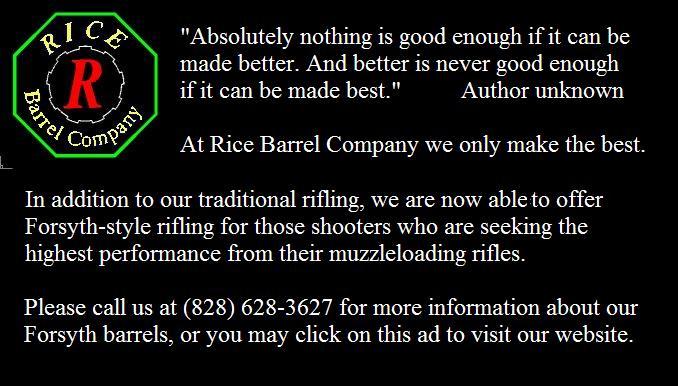Being published, that is, actually having your work in print – even cyber print - before the public, adds a tremendous amount of credibility to a writer. The more you write, seemingly, the more credible you become. However, sometimes that credibility is not deserved because some of the writing is just plain drivel. Credibility must be earned.
Of course you don’t need to worry about that here at The Underhammer Society blog as I’ll be the first one to admit that I don’t know jack shxx about soooo very much in this world. (But, rest assured that I do know all about Zephyrs, Faetons, Forsyth rifling, and big roundball projectiles!)
Recently I received a request for assistance in identifying a nice little underhammer pistol whose maker failed to leave his mark on his work. Our reader figured that being I write an underhammer blog, surely I must know about most things underhammer. But the fact is that I’m not any kind of authority on those great old pieces of underhammer antiquity, especially when they’re unmarked.
Oh yes, like many of you, I have some basic information on the old guns and can identify certain obvious features, but when it comes to unmarked guns I need help. Sometimes there are subtleties that escape detection, except from the sharp eye of an experienced collector, that can lead to the identity of some of those mystery guns. However, that's not me!
So, I’m turning to you, the readers, for assistance in identifying this pistol. That's a good thing about having a broad readership - someone out there just might know!
Clicking on the photo will enlarge it for detailed viewing. Clicking the Back button on your browser will return you to the text.
Based upon the obvious features, such as that bulbous grip, (seems rather Freudian to me) the design of the lockwork and springs, and the right angle at which the hammer strikes the nipple, it would appear that the pistol may have been made by H.J. Hale of Connecticut. That said, it is only a guess because anyone could have copied his features and marketed their work anonymously, which, I've been told, copycatting was a rather common practice at the time. As I’m not sure whether Hale did make any unmarked pistols, again, it’s only a guess that he may have made it. Who knows, it might even have been a lunchbox special.
So far as I know, Hale's pistols where marked on the topstrap as:
H.J. HALE
BRISTOL
CONNECTICUT
or
H.J. HALE
WARRANTED
CAST STEEL
.






2 comments:
Dear Mr. Renner,
Are you the same Roger Renner who wrote for Guns and Ammo and Shooting Times magazine back in the 1980s? I think you might be the same one.
If so, I want to thank you for a story you did about the Mowrey rifles because it was your story that made me buy a Mowrey and was my first experience with muzzleloading.
Since then I have bought other muzzleloaders but I have never owned or shot an underhammer. After reading all your material about underhammers I believe I will trust you again and buy one.
I'm glad to see that you are still in the writing business. Thanks for a great column.
Jason T.
Mr. Renner. I always liked the concept of an underhammer pistol. However, most such actions seem to waster barrel space, or put the barrel so far forward that the barrel made the gun front heavy. It was with interest that I read your story and diagram about the Dick Holmes design. I would reverse the "Hammer" to the opposite direction to hit the nipple at a point behind the grip keeping the weight of the barrel back more over the wrist and making the gun less front heavy, but still keeping the logre sight radius. A flash cup around the nipple could prevent most cap fragment problems.
Perhaps, I will have time to construct a prototype this summer when school lets out.
Post a Comment